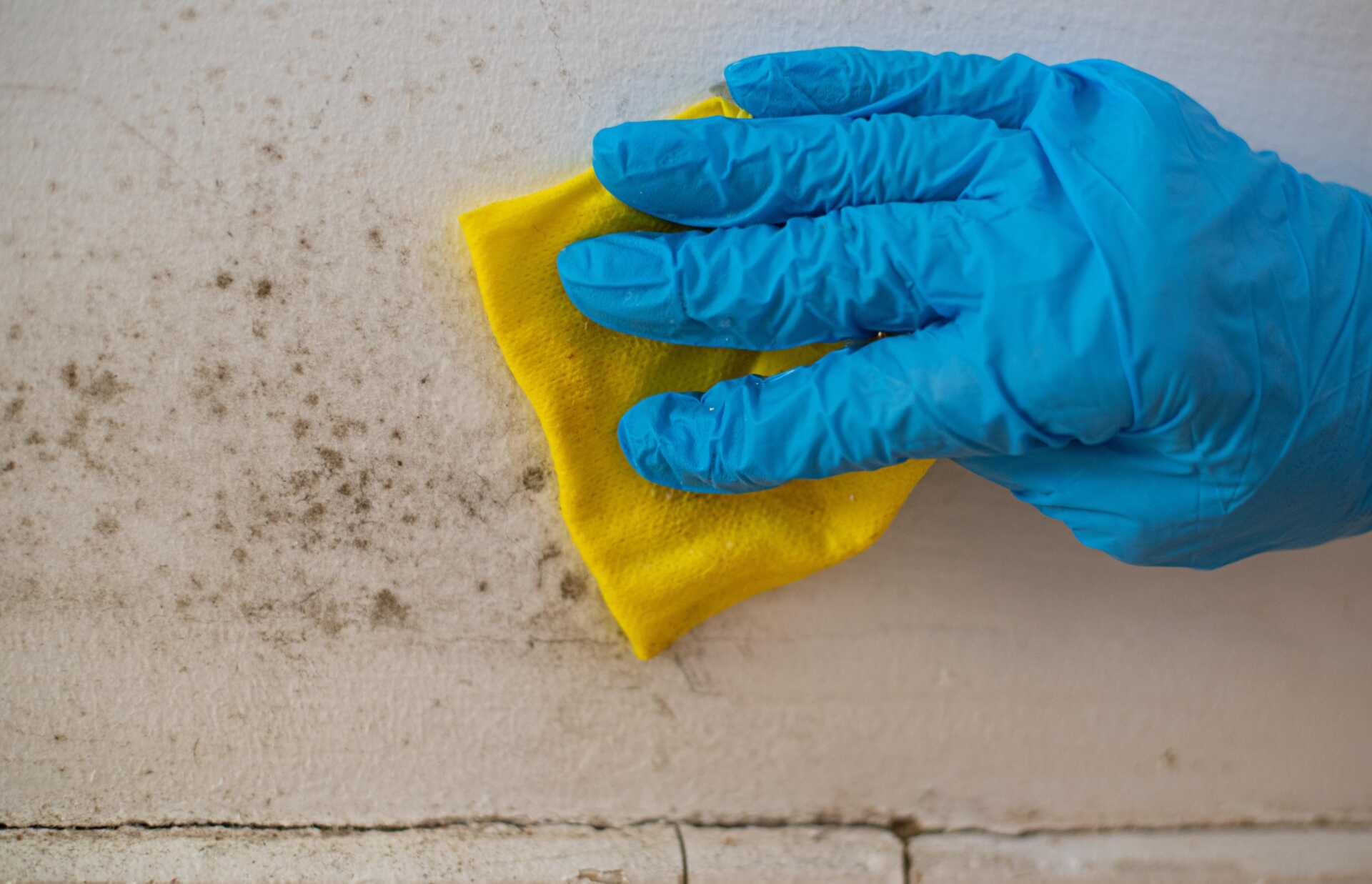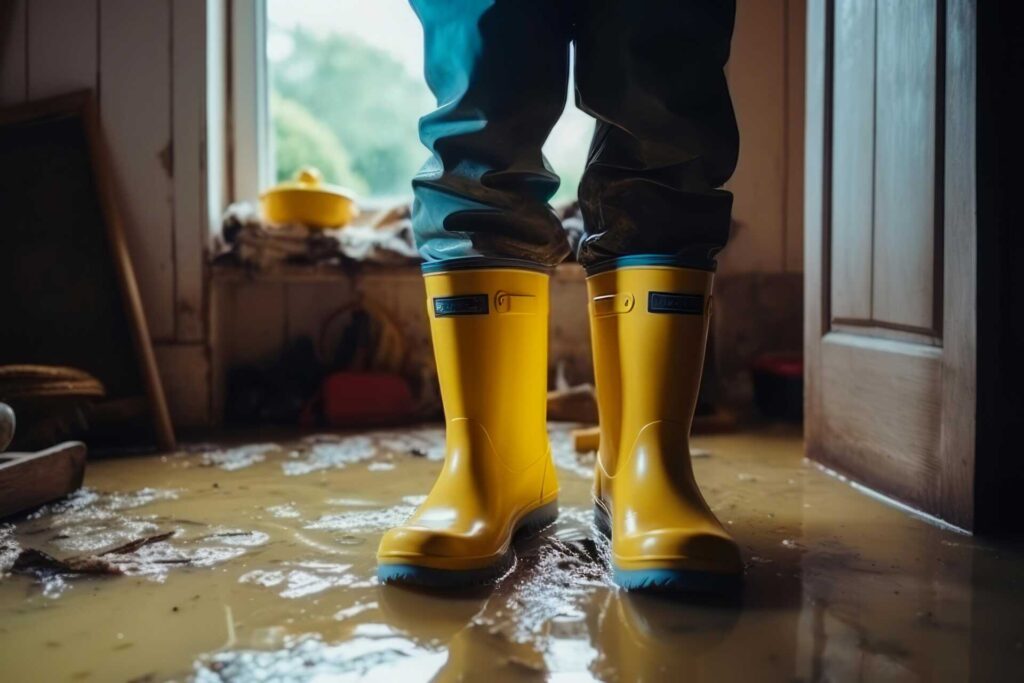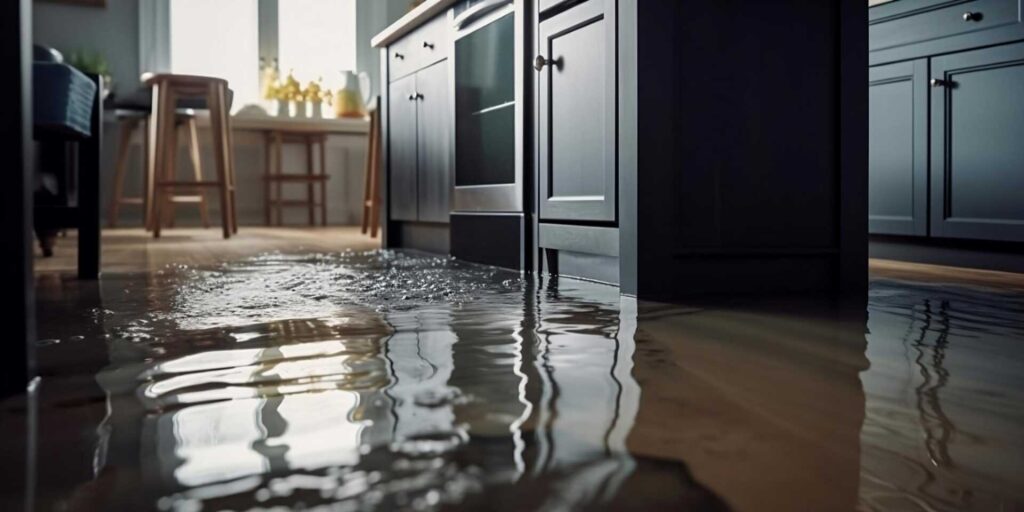Contents
Ensuring the cleanliness and safety of your home is essential, and addressing mold in your drywall is no exception. The presence of mold can have far-reaching consequences, affecting not just the appearance of your walls but also posing potential health risks to you and your loved ones. But why exactly is residential drywall mold remediation so critical? Let’s explore the hidden dangers and long-term implications that may surprise you.
Importance of Timely Intervention
When it comes to dealing with mold in drywall within residential properties, the significance of timely intervention can’t be emphasized enough. Mold growth on drywall can lead to various health issues, including respiratory problems, allergies, and skin irritation. Additionally, mold can compromise the structural integrity of the drywall, leading to costly repairs if left unattended.
Timely intervention is vital because mold spores can spread rapidly, affecting larger areas of the property. Once mold penetrates the drywall, it can be challenging to eliminate without professional assistance. Promptly addressing mold growth on drywall helps prevent further damage and secures the safety of the occupants.
Moreover, dealing with mold in drywall early on can help maintain the aesthetic appeal of the property. Mold stains on drywall can be unsightly and difficult to remove, impacting the overall look and feel of the space. By taking quick action, you can prevent mold from causing permanent damage to the drywall surface, preserving the beauty of your home.
Key Steps in Mold Removal
Addressing mold growth on drywall requires a systematic approach to ensure thorough elimination and prevention of future reoccurrence. When dealing with mold removal, the following key steps are vital to ensure a successful remediation process:
Assessment: Conduct a detailed inspection to identify the extent of mold growth, moisture sources, and any underlying issues contributing to mold development. This step is essential in developing an effective remediation plan customized to your specific situation.
Containment: Implement proper containment measures to prevent mold spores from spreading to unaffected areas during the removal process. This helps minimize cross-contamination and ensures that the mold is isolated for effective remediation.
Remediation: Utilize appropriate techniques and products to safely eliminate mold from the drywall surface. Whether it involves scrubbing, sanding, or using specialized mold removal solutions, thorough remediation is key to eradicating the mold and preventing its return.
Effective Moisture Control Strategies
To effectively combat mold growth on drywall, it’s important to implement proactive and efficient moisture control strategies. Moisture is the primary catalyst for mold development, making it vital to keep indoor spaces dry to prevent mold from thriving on drywall surfaces. Here are some effective moisture control strategies to help maintain a mold-free environment in your home.
Firstly, ensure proper ventilation in areas prone to moisture build-up, such as bathrooms, kitchens, and basements. Good air circulation can help reduce humidity levels and prevent condensation on walls, which can lead to mold growth.
Additionally, using dehumidifiers in damp spaces can help extract excess moisture from the air, further hindering mold formation.
Secondly, promptly address any water leaks or spills to prevent moisture from seeping into drywall. Fixing leaky pipes, roofs, or windows can prevent water damage and mold infestations.
Regularly inspecting your home for any signs of water intrusion is essential in maintaining a dry indoor environment.
Lastly, maintaining a consistent indoor temperature can also aid in controlling moisture levels. Fluctuations in temperature can lead to condensation, providing an ideal environment for mold to flourish.
Choosing the Right Professionals
During the process of residential drywall mold remediation, selecting the right professionals is essential for ensuring a successful and thorough restoration of your living space. When choosing the professionals to handle your mold remediation needs, consider the following:
Certifications and Experience: Look for professionals who are certified in mold remediation and have ample experience dealing with similar cases. This ensures they have the necessary expertise to assess and address the mold issues in your home effectively.
Quality of Equipment and Techniques: Evaluate the tools and techniques the professionals use for mold remediation. Advanced equipment and proven methods can make a significant difference in the efficiency and effectiveness of the remediation process.
Communication and Transparency: Opt for professionals who prioritize clear communication and transparency throughout the remediation process. This includes providing detailed explanations of the steps involved, sharing progress updates, and addressing any concerns or questions you may have promptly.
Preventing Future Mold Growth
For long-term protection against mold recurrence in your residential drywall, implementing preventive measures is vital. To prevent future mold growth, start by promptly addressing any moisture issues. Ensure proper airflow in areas prone to humidity, such as bathrooms and kitchens, to reduce moisture buildup. Regularly inspect plumbing for leaks and fix any issues immediately. Consider using a dehumidifier in damp areas to maintain ideal humidity levels.
Another essential step in preventing mold growth is to seal your drywall properly. Use mold-resistant primers and paints to create a protective barrier against moisture. Additionally, consider applying a sealant to your drywall to further prevent water intrusion.
Regularly inspect your drywall for any signs of water damage or mold growth, and address them promptly to prevent further spread.
Maintaining a clean environment is also crucial in preventing mold growth. Regularly clean and dust your home to prevent mold spores from settling and growing on surfaces. Pay special attention to areas with high moisture levels or poor ventilation. Consider using mold inhibitors in cleaning products to prevent mold growth on surfaces.
Summary
Dealing with mold in your residential drywall is like tending to a garden – timely intervention is important to prevent the spread of harmful spores and maintain the health of your home. By following key steps in mold removal, implementing effective moisture control strategies, and choosing the right professionals, you can ensure a clean and safe living environment. Remember, preventing future mold growth is essential to preserving the beauty and value of your property.




